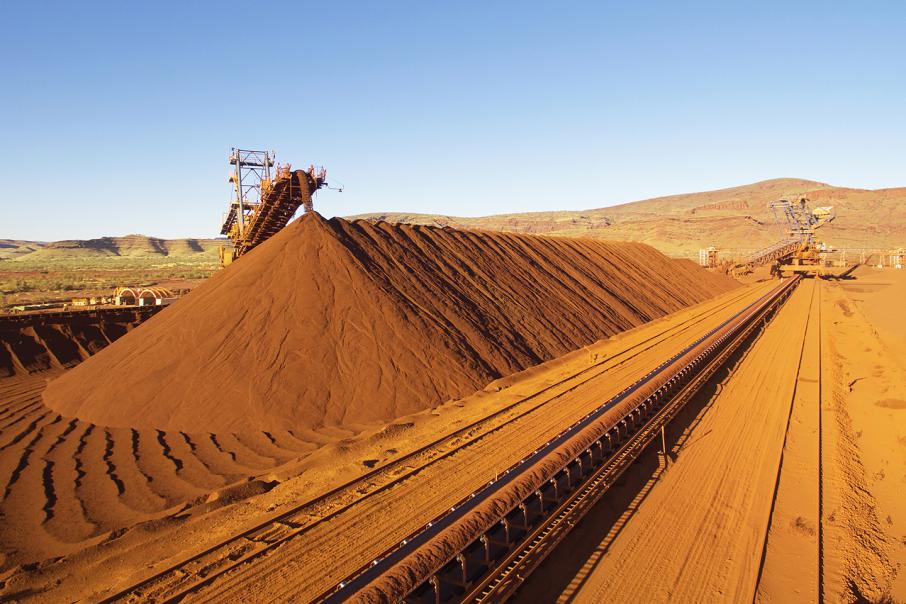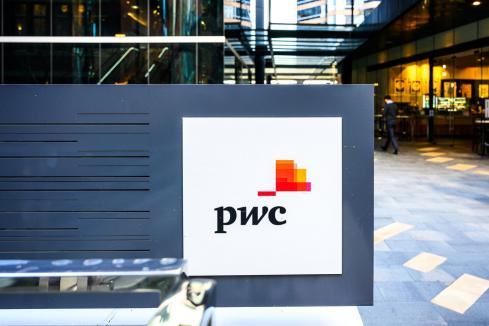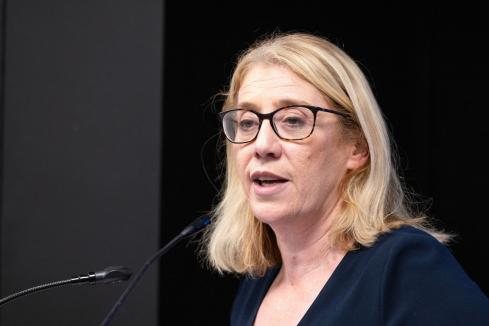Two separate reports from consultancies PwC and EY have flagged an uptick in mining costs as demand within the local resources industry continues to improve.


Two separate reports from consultancies PwC and EY have flagged an uptick in mining costs as demand within the local resources industry continues to improve.
EY’s latest 'Yellow Goods' report found the value of its mining fleet index has increased 7.5 per cent since December 2016.
Yellow goods include construction, earth-moving and quarrying equipment, and are considered a key economic indicator globally.
EY Oceania mining and metals leader Scott Grimley said strong demand for yellow goods, with lead times for larger equipment items extending to 12-24 months, pointed to global demand for key commodities.
“The yellow goods market is an indication of the health of the Chinese economy, and other manufacturing economies, which rely on these commodities,” he said.
“While we have not returned to mining boom territory, we are seeing a tightening for key goods such as tyres, which was a real pain point during the last boom.
“Such is the demand, older and refurbished equipment that previously was difficult to sell, is once again selling.”
The report said while the index remained steady, observations from market participants on the value of newer equipment indicated the industry was buoyant and possibly on the cusp of a supply side shortage.
The report also found that labour demand is being driven by large government infrastructure projects, primarily on the east coast, coupled with mining projects in Western Australia.
“The tightness in labour is also likely to be exacerbated by the boom in government infrastructure spending along the east coast of Australia (by both federal and state government agencies), which is historically significant in its scale,” the report said.
“Beyond the infrastructure pipeline, there are a significant number of mining projects expected to commence construction over the coming year across gold, lithium, mineral sands, and iron ore in WA, as well as other committed projects throughout the country.
“Observations from market participants that the increasing utilisation of exploration drilling equipment is also a positive for medium term demand.”
EY Oceania mining and metals transaction leader Paul Murphy said despite good conditions generally, access to credit was proving difficult at the smaller end, with smaller mining and mining services businesses struggling to access debt funding for equipment on terms that were attractive.
“Access to credit is looming large for mining services companies, with smaller operators facing limited appetite from the big four banks,” he said.
On the transaction front, Mr Murphy said most deals were being driven by the need of diversification across geography, commodity and service provided, scale or acquiring technology and digital plays improving the performance and efficiency of assets.
“We expect to finally see consolidation in the mining services sector, similar to the consolidation of oil field services businesses, driven by the need for larger scale enterprises to invest in technology and requiring significantly more capital relative to the past,” he said.
“Conditions have changed considerably with market power swinging from the miners, back to hire fleet owners, who are able to negotiate better terms.
“With the mining services sector returning profit we anticipate an uptick in transactions as strategic growth becomes a priority.”
Meanwhile, PwC’s 'Aussie Mine' report, which analyses the 50 biggest ASX-listed mining companies with market values under $5 billion, reported a rise in operating costs of 10 per cent for the 2018 financial year.
The combined market capitalisation of the 50 miners grew 28.7 per cent to $58.7 billion, while revenue was up 13 per cent to nearly $22 billion.
The growth was driven by improvements in lithium stocks and the gold industry, according to PwC Australia mining leader Chris Dodd.
“We’ve seen another year of stonking results for the mid-tier miners due to cost-focused strategies of prior years, the continuing upward trend in commodity prices and strong interest in lithium in particular, which is used in everyday electronics and increasingly in industry applications,” Mr Dodd said.
“Lithium was a standout, but we’re also seeing interest in other tech metals like manganese, nickel and rare earth.
“Gold is a part of the advanced tech story, but the strong results we’re seeing there are more reflective of increased global tensions, given investors often flight to gold in times of high uncertainty.”
Gold miners now account for 53 per cent of total revenue from the 50 companies measured.
The report also detailed a number of concerns for the resources industry, including rising costs and being able to attract the required workers into the sector.
“The MT50 are healthy and steaming ahead, but they now need to focus on becoming ‘future fit’ to position themselves for long-term positive growth. Despite the recent uptick in growth, challenges remain for the group,” Mr Dodd said.
“Operating costs have jumped by 10 per cent, impairments are up by 56 per cent and exploration as a proportion of capex has decreased by 12 per cent.
“But most concerning is the waning interest in the sector from Australia’s future workforce. Studies show broader industry-relevant tertiary enrolments have been declining in recent years, and mining engineer enrolments have dropped each year for five consecutive years, now plummeting to less than one third of 2013 enrolments.”




















